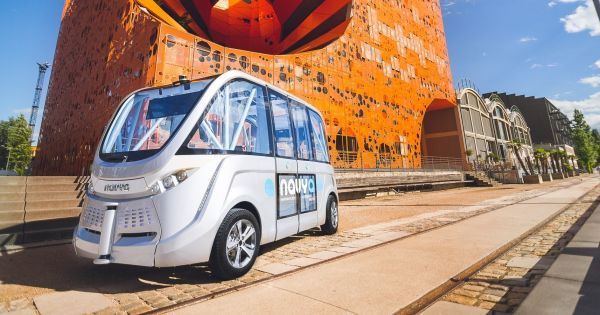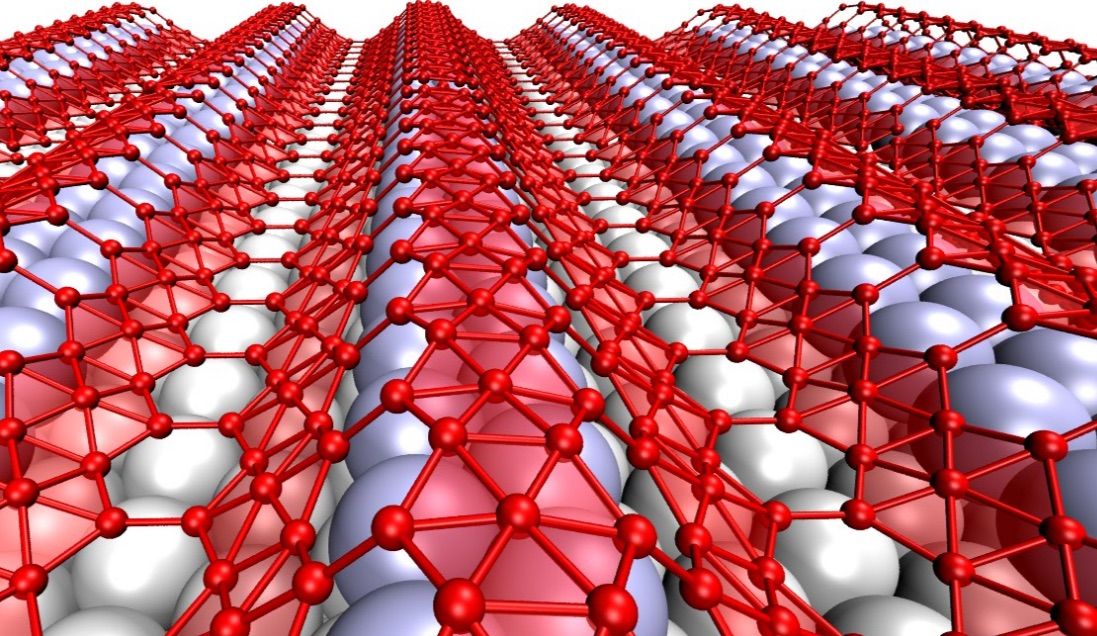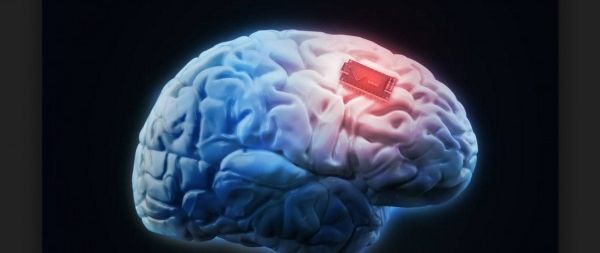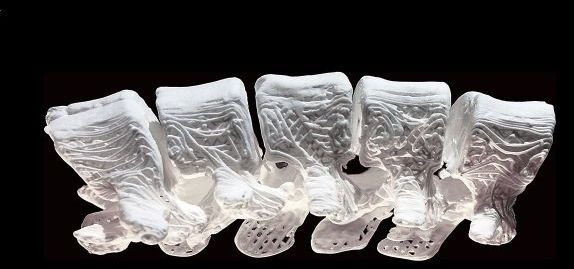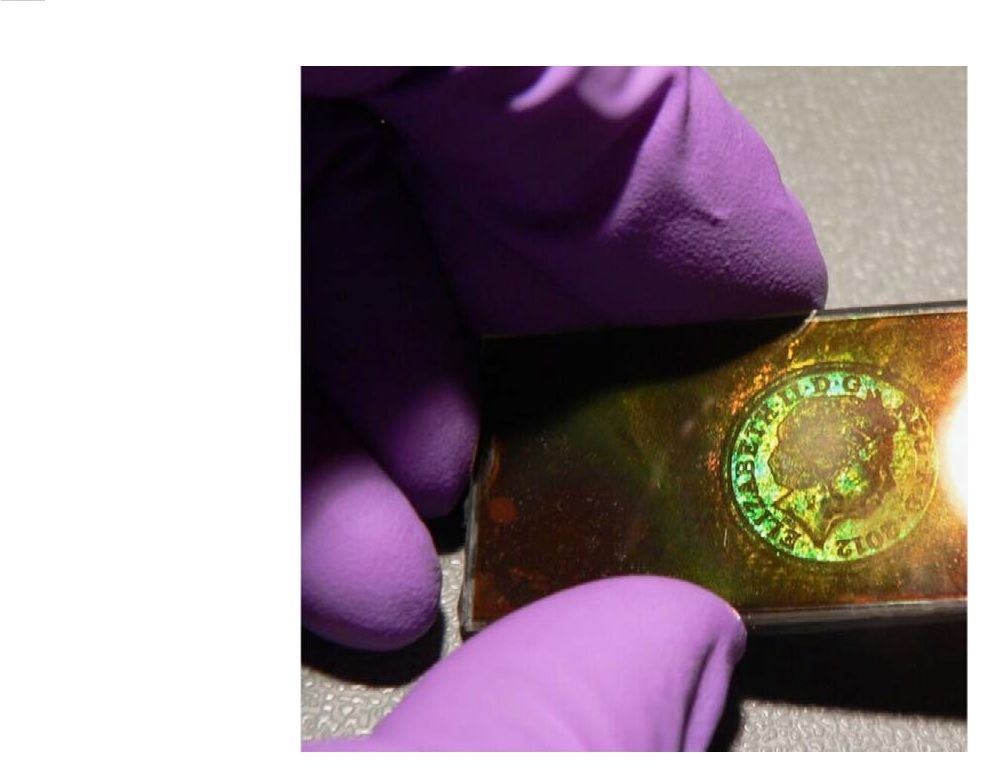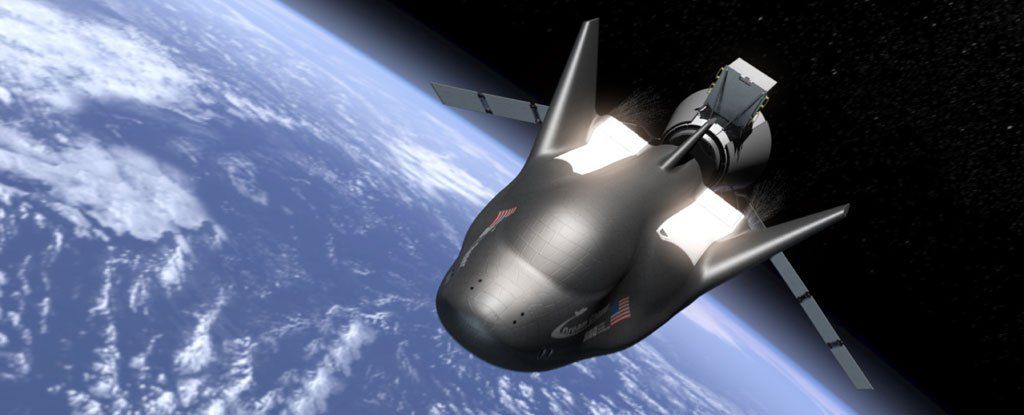Oct 5, 2016
Hacking Our Senses Will Transform How We Experience the World
Posted by Shailesh Prasad in category: neuroscience
For millennia the human experience has been governed by five senses, but advances in neuroscience and technology may soon give us a far broader perspective.
What counts as a sense in the first place is not clear cut. Sight, hearing, taste, smell, and touch make up the traditional five senses, but our sense of balance and the ability to track the movement of our own body (proprioception) are both key sensory inputs. While often lumped in with touch, our temperature and pain monitoring systems could potentially qualify as independent senses.
These senses are also not as concrete as we probably believe. Roughly 4.4% of the population experiences synesthesia — where the stimulation of one sense simultaneously produces sensations in another. This can result in people perceiving colors when they hear sounds or associating shapes with certain tastes, demonstrating the potential fluidity of our senses.
Continue reading “Hacking Our Senses Will Transform How We Experience the World” »

